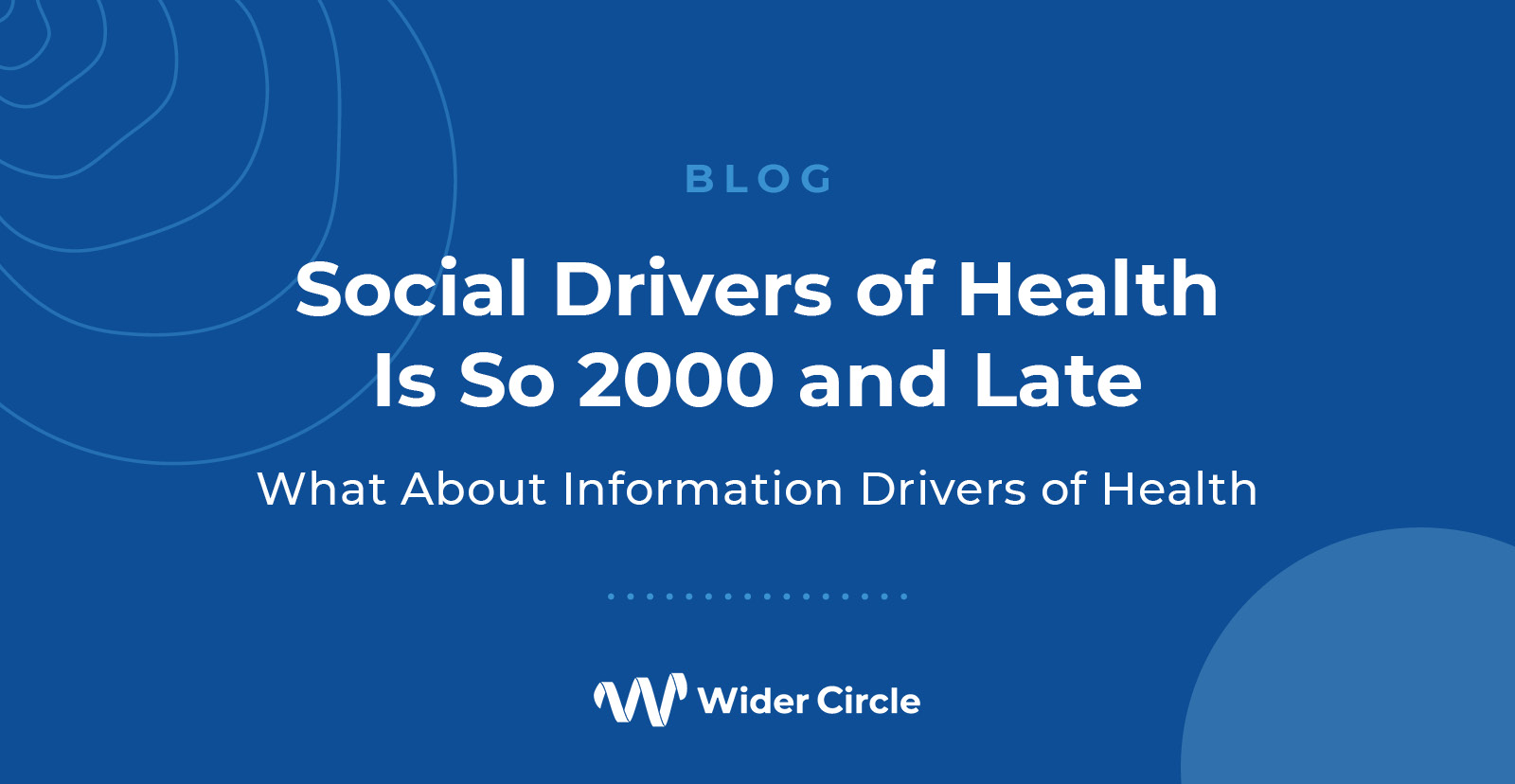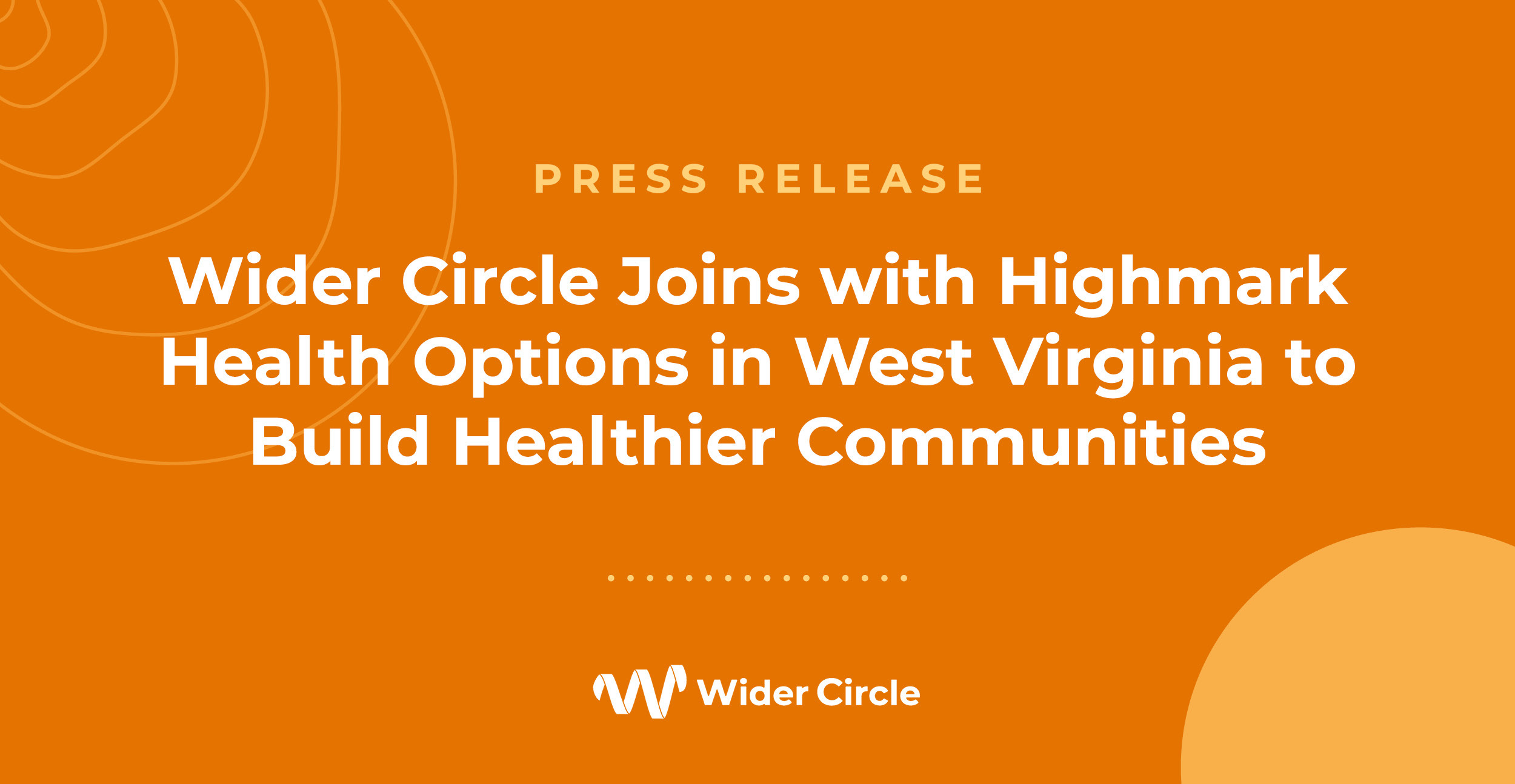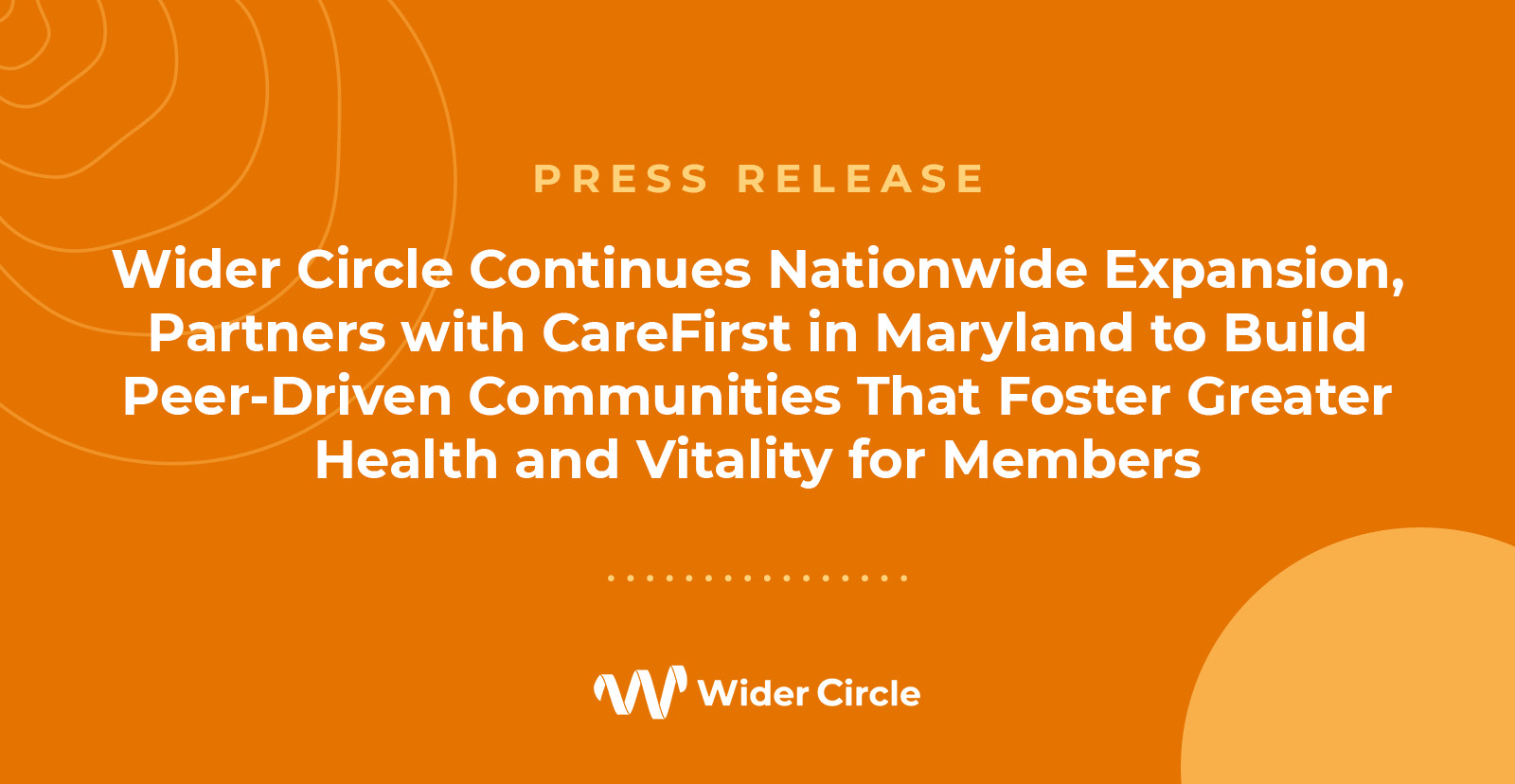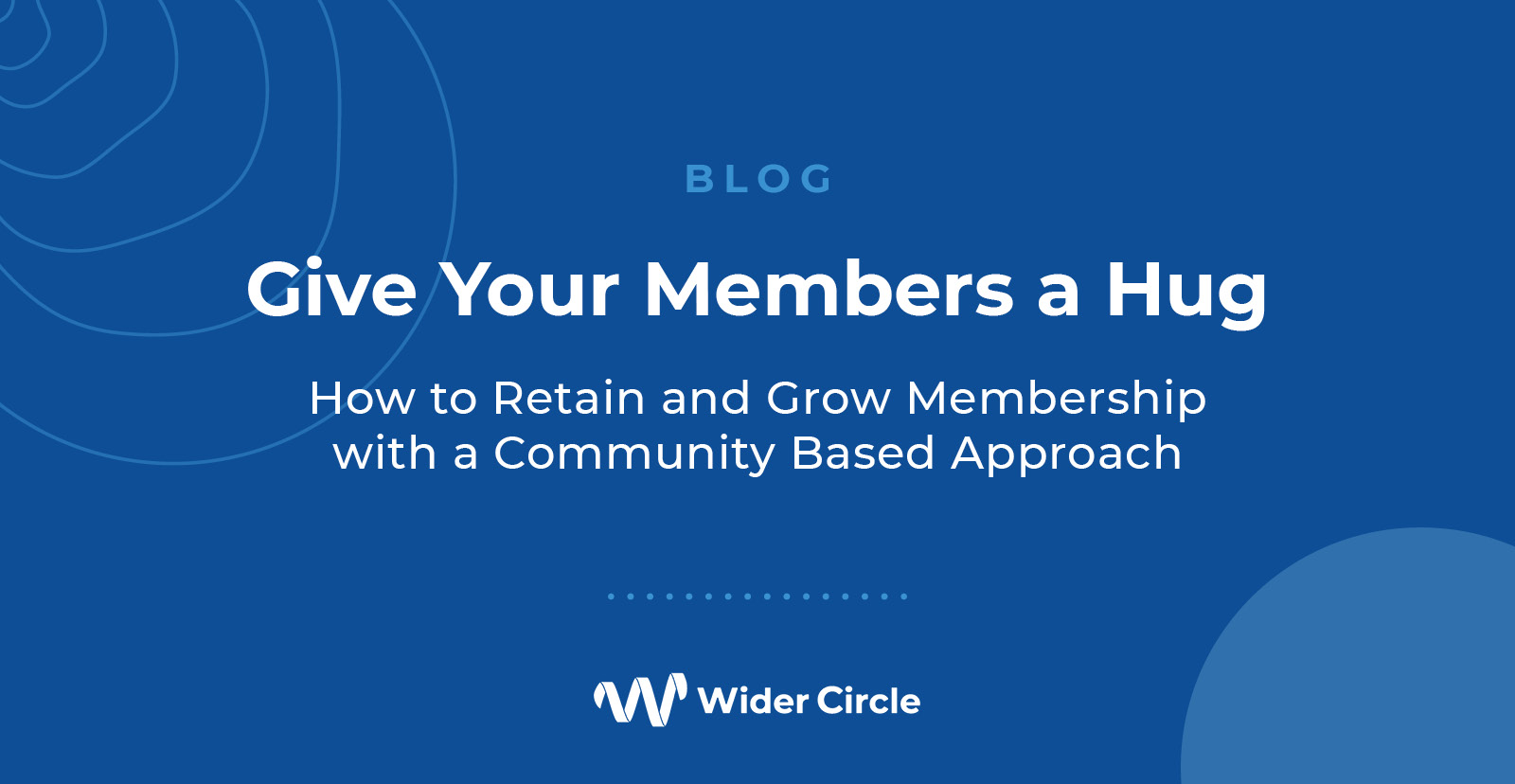
Everyone is (mea culpa) talking about social drivers of health (SDoH), the conditions in which people are born, grow, live, work, and age, and the wider set of forces and systems shaping the conditions of daily life. This is important because 30-80% of variation in health outcomes have been shown to be related to variation in SDoH1. But one aspect that I’ve observed to be missing from the current discourse is the interplay of SDoH around access to information that is timely, factual, accessible and delivered in a way that can be understood by the recipient. This is important because SDoH have a complex relationship with how information can be accessed, parsed through, trusted and understood2 and this can cause further variability in health outcomes. In fact, these “Information Drivers of Health” are just as important as SDoH – so what are they and what can we do about them?
Information Driver of Health number 1: Access
With the advent of the internet, a common misconception is that everyone now has a direct line to fast information. This is false. Even in the United States 7% of the population does not have reliable access to the internet3, and globally that number is far higher with approximately 37% of the world’s population without4. A lack of access leads to a consequential effect regarding the timely availability of information, and many of the reasons for these barriers (geography, wealth, education), highlight the interplay with SDoH. Simply put, this information deficit puts one at a significant disadvantage versus those who do.
Information Driver of Health number 2: Misinformation
When provided an environment of information, parsing through it all can be a herculean effort especially with all the misinformation that hides the truth. Misinformation refers to false or inaccurate information that is spread, either intentionally or unintentionally, with the potential to mislead or deceive people. It can encompass a wide range of content, including false facts and distorted interpretations of events. Misinformation can also be disseminated through various channels, such as social media, traditional media, word of mouth, or online platforms via the internet. Given word of mouth started approximately 100,000 years ago, it’s safe to say that the spreading of inaccurate details has been around for a long time, but what has changed is how fast and easily it can move with the internet, social media and various online platforms.
SDoH also interplays with misinformation. Those with lower health literacy may be less able to parse out and question the veracity of sources of health information they read5. Additionally, the lack of access as described above can have the detrimental effect of not enabling an individual to quickly fact check information shared, which can lead to misinformation propagating6.
Information Driver of Health number 3: Trust
As recently emphasized during the recent Covid-19 pandemic, trust in information sources is critical to the adoption of information that can alter behaviors or outcomes. It has been shown that those facing social inequalities may have lower trust in official sources versus their own community online or physical, making them more susceptible to their own echo chambers or alternative or unreliable sources, especially those living in communities where the medical profession has historically and systematically either used or neglected them7,8.
So how can we as an industry bridge the gap across all three drivers and ultimately drive to better outcomes? In this author’s opinion – cultural competence through community health workers.
Cultural competence in health care describes the ability of systems and individuals to provide care to patients with diverse values, beliefs and behaviors, including the tailoring of health care delivery to meet a patients’ social, cultural and linguistic needs9. Delivering health information through a hyper local culturally competent community health worker who is deeply rooted in the neighborhood fosters trust and cultivates long term relationships with individuals. By integrating into the community and understanding the built environment, this approach addresses key drivers around trust, literacy, and meeting the individual where they are both metaphorically and physically by bringing the information directly to them. This is exactly what Wider Circle provides and why I think the work we do is so important to address SDoH, Informational Determinants of Health and the complex interplay between.
References:
- Greer, M. L., Garza, M. Y., Sample, S., & Bhattacharyya, S. (2023). Social Determinants of Health Data Quality at Different Levels of Geographic Detail. Stud Health Technol Inform.
- Graham, G., Goren, N., Sounderajah, V., & DeSalvo, K. (2024). Information is a determinant of health. Nat Med.
- Perrin, A., & Atske, S. (2021). 7% of Americans don’t use the internet. Who are they? Pew Research Center.
- United Nations. (2021). 29 Billion people are still offline.
- Bin Naeem, S., & Kamel Boulos, M. N. (2021). COVID-19 Misinformation Online and Health Literacy: A Brief Overview. International Journal of Environmental Research and Public Health, 18(15), 8091.
- Southwell, B. G., Machuca, J. O., Cherry, S. T., Burnside, M., & Barrett, N. J. (2023). Health Misinformation Exposure and Health Disparities: Observations and Opportunities. Annual Review of Public Health, 44(1), 113-130.
- Fareed, N., Swoboda, C. M., Jonnalagadda, P., Walker, D. M., & Huerta, T. R. (2021). Differences Between Races in Health Information Seeking and Trust Over Time: Evidence From a Cross-Sectional, Pooled Analyses of HINTS Data. American Journal of Health Promotion, 35(1), 84-92.
- Gurgun, S., Cemiloglu, D., Close, E. A., Phalp, K., Nakov, P., Ali, R. (2024). Why do we not stand up to misinformation? Factors influencing the likelihood of challenging misinformation on social media and the role of demographics. Technology in Society, 76.
- Griffith, D. M., Efird, C. R., Baskin, M. L., Hooper, M. W., Davis, R. E., Resnicow, K. (2024). Cultural Sensitivity and Cultural Tailoring: Lessons Learned and Refinements After Two Decades of Incorporating Culture in Health Communication Research. Annual Review of Public Health, 45(1).



